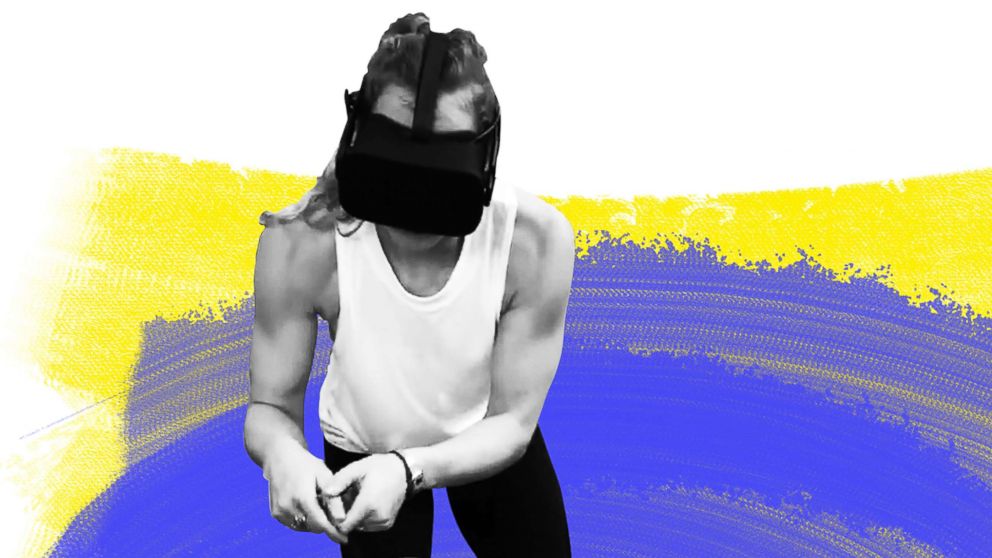How to try VR like Olympians used to train for the 2018 Winter Games
— -- When U.S. Olympic Alpine ski racer Laurenne Ross wanted to get a sense of the unknown terrain she will face on the slopes in Pyeonchang, she strapped on a headset and got to work.
Ross, 29, and her U.S. Ski and Snowboard teammates prepared for the 2018 Winter Olympics using virtual reality technology.
“What VR gives us in competition is a chance to see the course before we race on it,” Ross told ABC News by email. “That’s invaluable as we have so little time to prepare on the actual course where we race.”
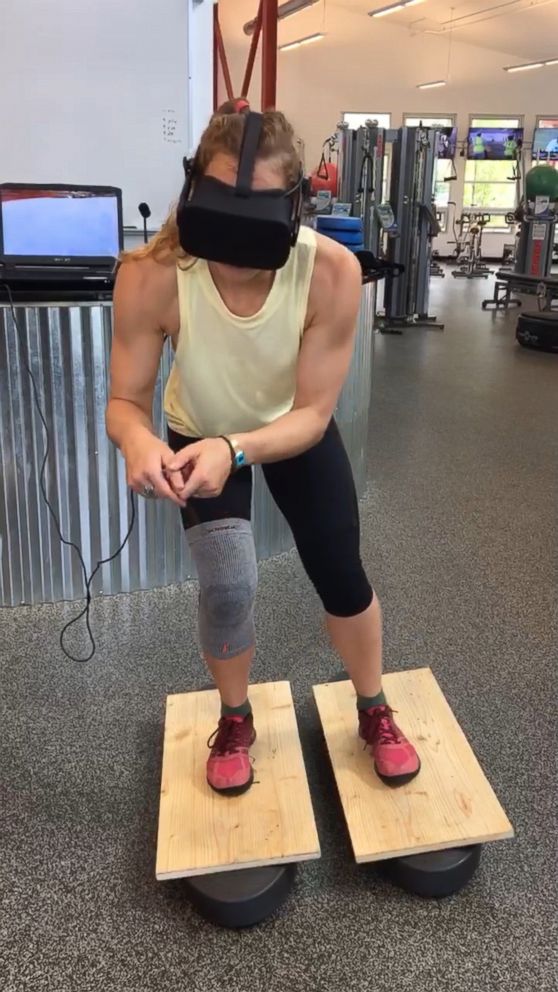
U.S. Ski and Snowboard athletes began using virtual reality as a training tool about two years ago, joining other athletes like NFL players in using 360-degree video to insert themselves in real-world situations.
Team officials reached out to Strivr Labs, a California-based virtual reality company, with hopes their technology could help athletes make up specifically for time they would not get to train in Pyeonchang, Strivr CEO Derek Belch told ABC News.
"They expressed a pain point they had around not being able to get a lot of reps in on the mountains they were going ski in competition," he said. "They’re just not allowed because of time or rules on the amount of times they could ski the mountains."
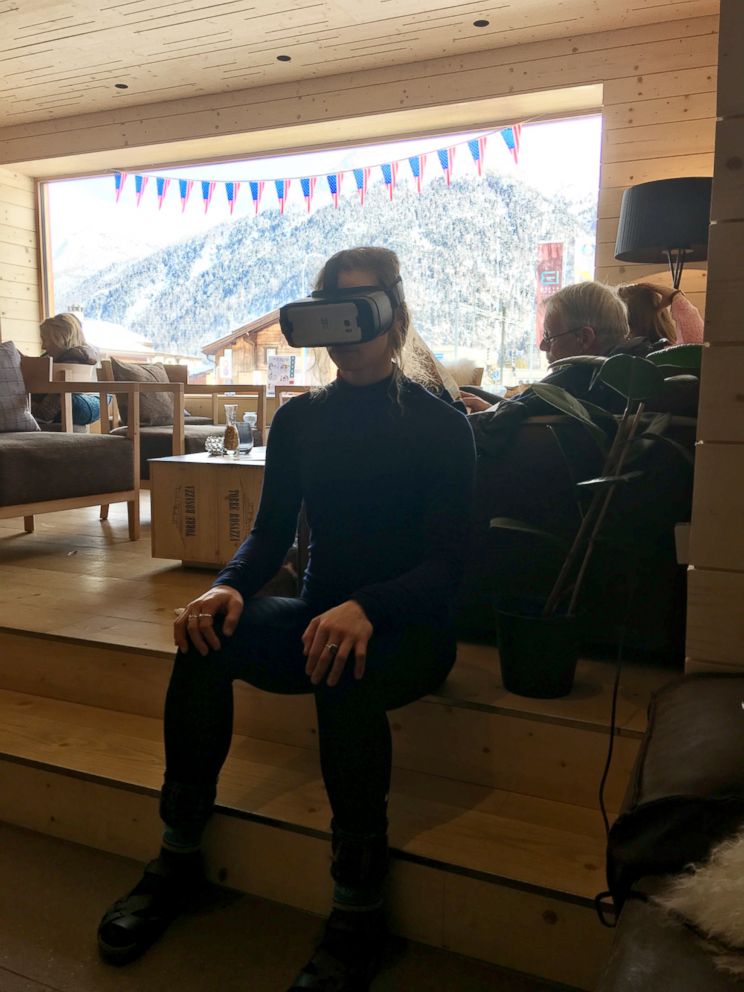
Strivr worked with the team's coaches to record runs down mountains -- including those used at World Cup and smaller competitions -- using a 360-degree camera. The company then used what Belch described as "tricks of the trade" to match the speed and stabilization of the skiers.
Wearing a VR headset, the athletes were able to immerse themselves into the course to train in virtual reality. A ski simulator on their feet was used to help with the nausea that can hit some virtual reality users, according to Belch.
The focus of virtual reality training for the Olympians was on what Belch called "micro learning," or "getting a lot of repetitions in a short burst." Most athletes use the virtual reality for anywhere from five to 15 minutes at a time, he said.
The U.S. Ski and Snowboard team is the only group of Olympic athletes from the U.S. that took advantage of Strivr's virtual reality training tool, according to Belch. While the skiers' results will come this month in Pyeonchang, Strivr claims that other athletes who have used the technology have improved their reaction time by 20 percent.
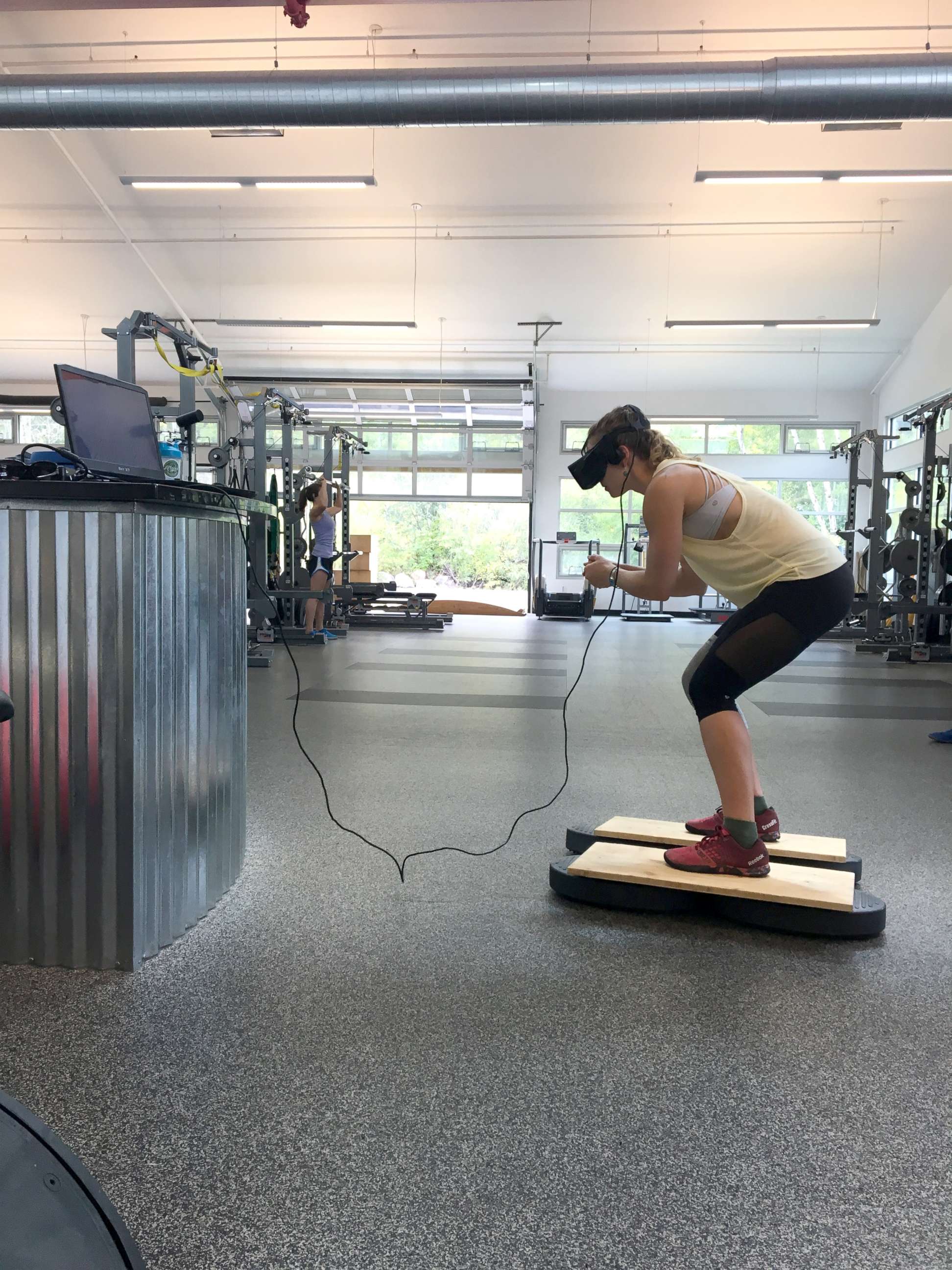
"I don’t see a world where an athlete is going to say, 'I’m not going to practice and just do VR,'" Belch said. "But this has a high impact in sports where fractions of seconds matter. This is another tool to better prepare you for competition."
Virtual reality for non-Olympians
Virtual reality training like the Olympians practice requires a headset, a restriction that Belch believes most people will not want to endure during their daily sweat session.
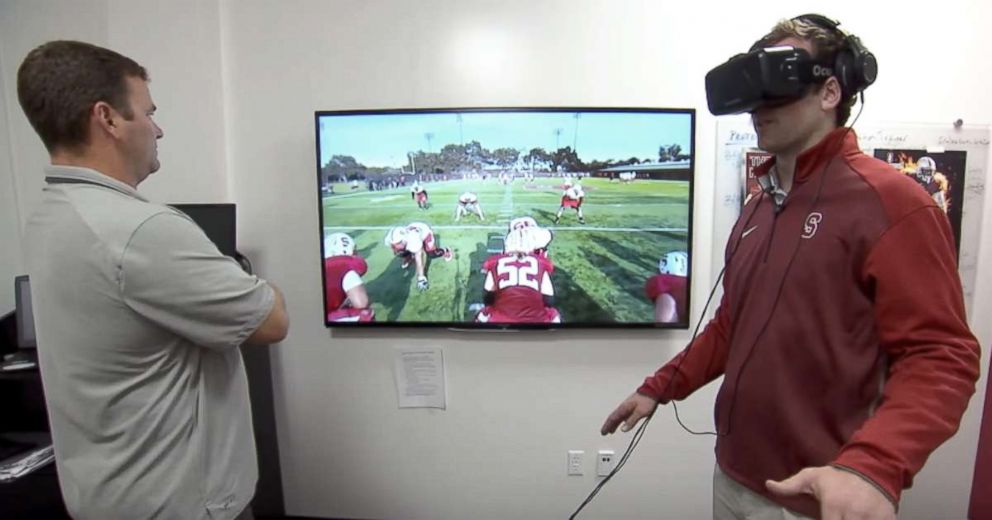
"I don’t see a world where people are sweating with this big thing on their face," he said. "I'm not super high on the immersive sweating, but the virtual spin class and other forms of artificial reality and avatars on the screen that push you, I think that stuff is legit."
VirZOOM, a Massachusetts-based company, is giving the idea a try. The company is selling an exercise bike equipped for virtual reality, as well as a sensor that converts any stationary bike into a VirZOOM bike.
The company announced in December that its technology will soon be available in YMCA locations across the U.S.
In San Francisco, a Black Box gym that uses VR technology is expected to open this year. Clients will be able to sweat it out in the company's signature Black Box Dynamic Resistance Machine using a virtual reality headset and hands-free wearable devices.
"The dumbbell has remained largely unchanged for centuries, you’re essentially just lifting rocks and putting them down as you stare in a mirror, bored out of your mind," Black Box VR CCO and co-founder Preston Lewis said in a statement. "At Black Box VR we are excited to use these innovative technologies and unique experiences to help people achieve the results they desire, finally."
He continued, "In Black Box you will utilize strength, agility, balance and speed in a larger than life virtual world where we are able to harness the nature that is brought out in video games -- dedication, determination, and longevity - and turn it into real, physical workouts."
There are also virtual workouts that are not the same experience as virtual reality -- and don't require a headset -- but do allow users to take part in live classes. One of the most well-known, Peloton, allows users to virtually join a live spin class in New York City from their own stationary bike.

Some VR and augmented reality apps can also transport users to trainers and workout routes around the world. Here are four apps curated and described by Apple's App store editors.
1. Fitness AR: Brings 3-D topographical map bicycle rides, hikes and walks collected on fitness tracking app Strava to life. Record, recreate and share rides and runs, or choose from a featured gallery of rides and runs to explore famous cycling routes like Alpe D'Huez and Mont Ventoux, and stunning terrain like Yosemite Valley.
2. ViewRanger: Helps people enjoy outdoor adventures through helping them to plan, navigate, record and share their hikes. ViewRanger is now using AR for its Skyline augmented reality mapping to show users on the ground a breadcrumb trail of the route they’ve walked along by labelling key features in the landscape, adding distance markers, navigation arrows when following a route and automatically popping up information at important locations along the route.
3. RunGo: Running app offering turn-by-turn voice navigation for more than 80,000 routes worldwide, now offering an AR View to provide visuals of routes and directions.
4. Gymaholic: Creates a personal avatar in AR that will follow training programs to show which muscles are ready to train and which need a rest. With AR, a personal trainer can appear whenever needed, to model how to complete fitness exercises.
